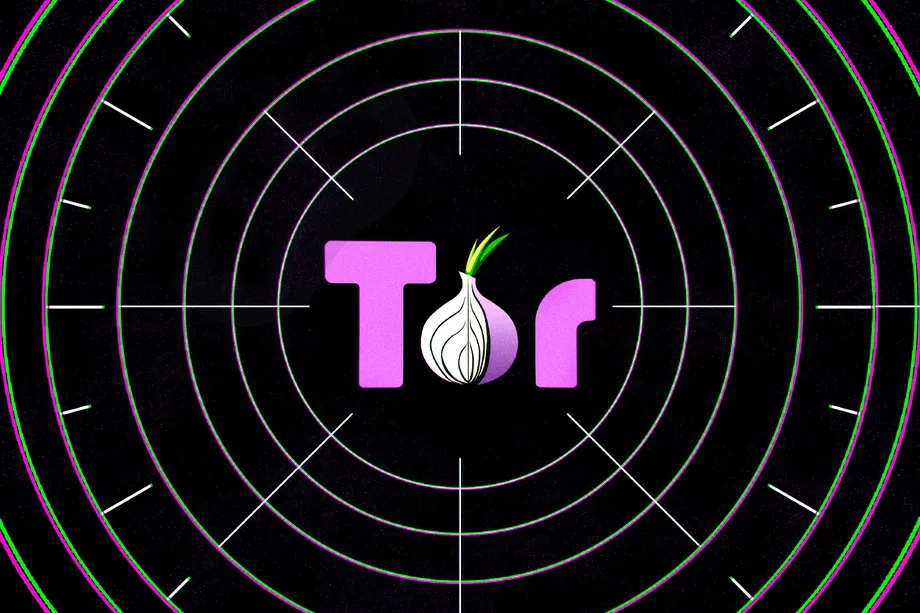The Tor Project recently implemented proof-of-work to defend against persistent Distributed Denial-of-Service (DDoS) attacks.
Between June of last year and May 2023, DDoS attacks on the Tor network mainly aimed at disrupting access to .onion websites. The impact of these attacks lingered even after they stopped, raising concerns about the network’s credibility and security.
In response to the attacks, Tor rolled out version 0.4.8.4, which boasts an innovative proof-of-work feature to counter DDoS attempts. The mechanism requires clients to solve small computational puzzles before accessing .onion services. This requirement complicates the efforts of DDoS perpetrators, who would need to solve increasingly complex puzzles to continue their attacks.
Pavel Zoneff, director of strategic communications for The Tor Project, elaborated in a blog post:
Before accessing an onion service, a small puzzle must be solved, proving that some “work” has been done by the client. The harder the puzzle, the more work is being performed, proving a user is genuine and not a bot trying to flood the service. Ultimately the proof-of-work mechanism blocks attackers while giving real users a chance to reach their destination.
The intriguing aspect of this defense is its adaptive nature. If attack traffic surges, the complexity of the puzzles increases exponentially. This mechanism makes it increasingly difficult for attackers to proceed, thwarting their efforts.
For legitimate users, the puzzles pose little inconvenience. They are solved internally by computers, with easily manageable complexities under normal conditions—taking around 5-30 milliseconds, depending on the hardware. During an attack, the complexity of one puzzle could increase to about 1 minute per request, rendering the attack ineffective.
Although Tor is seen as a sanctuary for those seeking online anonymity, it has also been a target for governments and hackers. While implementing proof-of-work could alleviate some concerns about the network’s resilience against attacks, it also raises questions about how far Tor is willing to go to balance anonymity with security.
Pavel Zoneff stated that previous methods, such as IP-based limiting, weren’t enough to prevent DDoS attacks on the network. Turning to proof-of-work indicates that Tor is willing to evolve to meet new challenges while sticking to its core values.
While the new feature boosts the Tor network’s security, it also brings up essential debates about the future of online anonymity and how far technology can go to protect it. With the recent update, Tor aims to ensure that its users can continue to access .onion services securely, preserving the network’s reputation as a bastion of online anonymity.
Source: BitDefender, Vlad CONSTANTINESCU





















